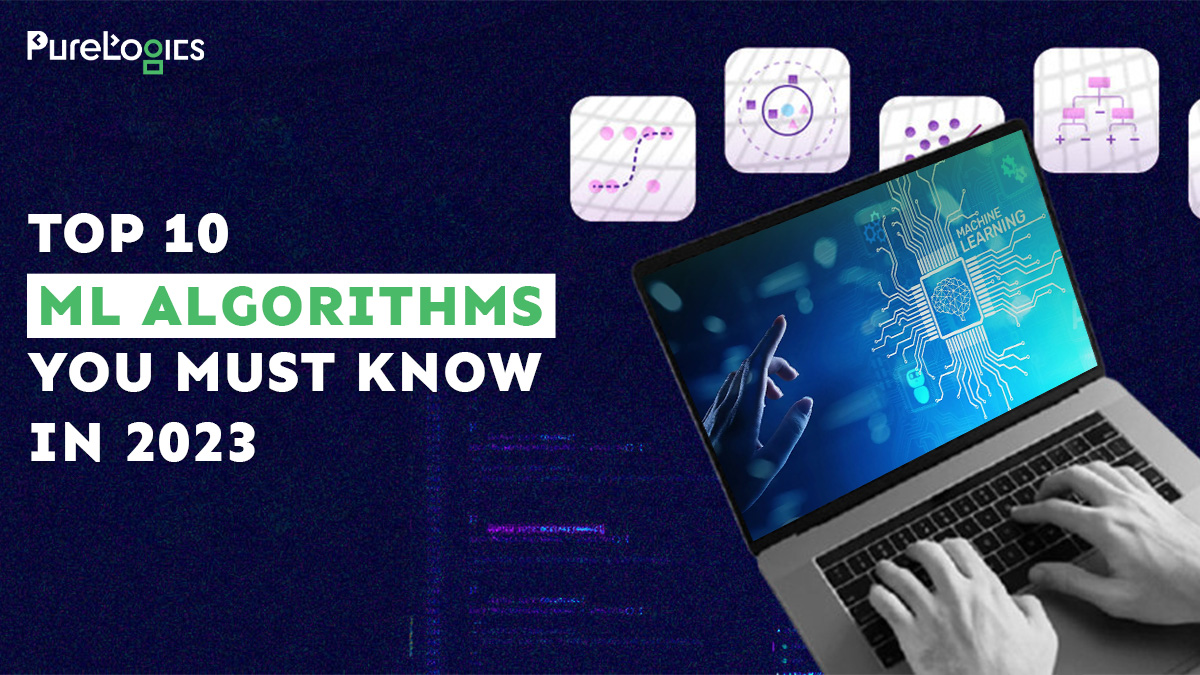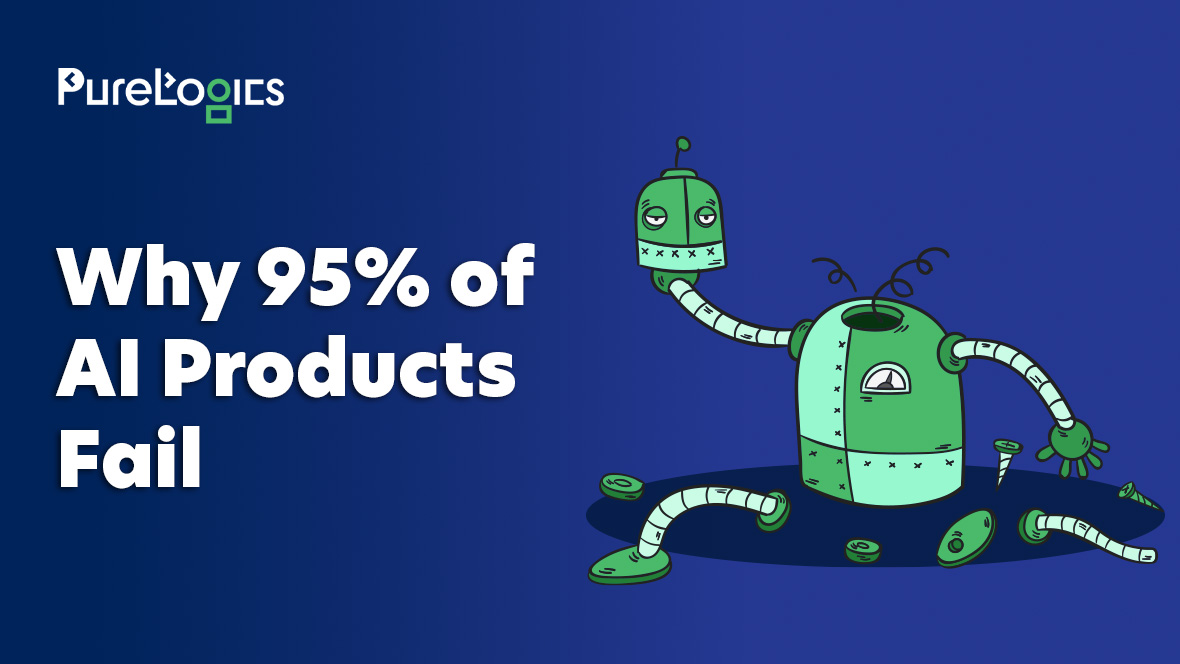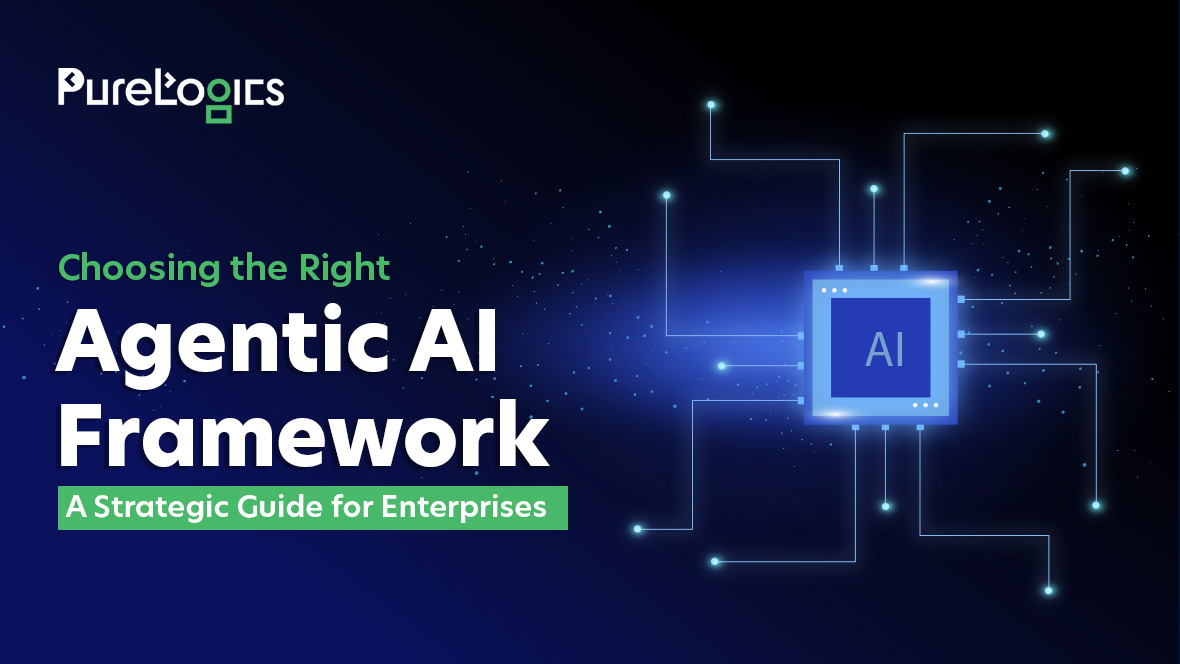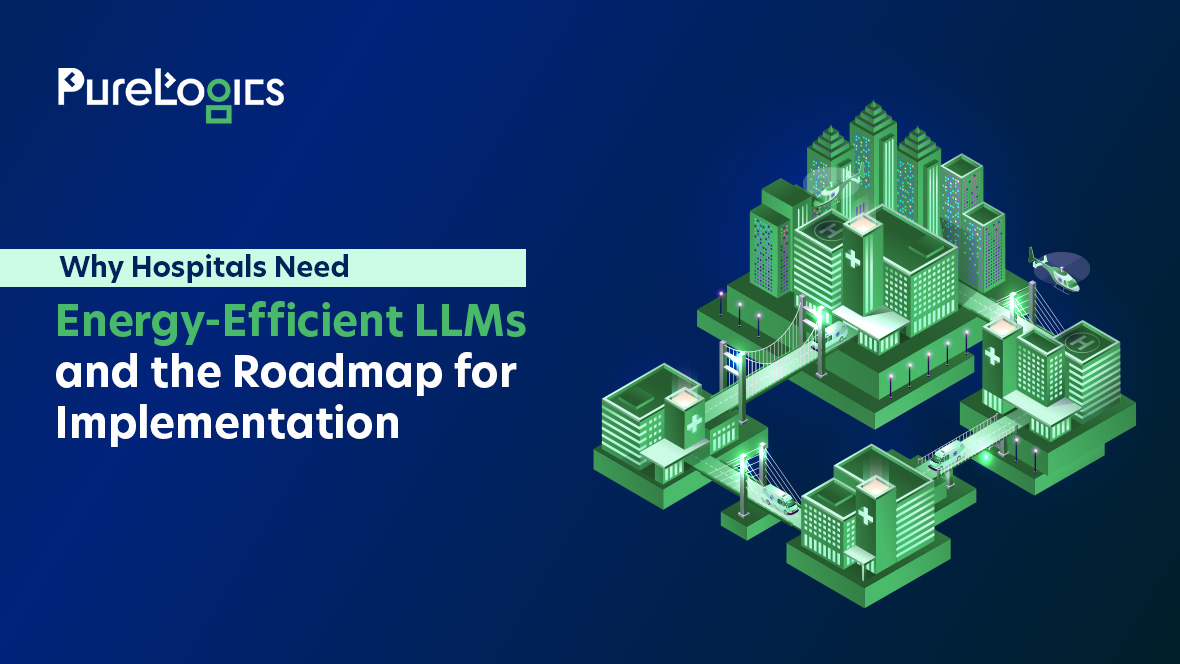AI and ML are changing everything in the world. From digital assistants that help you get things done on your behalf to healthcare innovations striking a blow against deadly cancer to education that makes learning fun again, AI is practically changing almost every aspect of our life.
Have you ever thought about how AI and ML make things possible that seem impossible? Who or what controls machine learning?
Algorithms are the backbone of machine learning. These ML algorithms are trained to become the machine learning models that further power significant inventions today.
On the basis of our work experience, our interactions with data scientists, and what we have researched online, we have developed a list of the five most powerful ML algorithms.
By the end of this blog, you’ll be inspired to use the power of AI and machine learning for your own business.
So, without any further ado, let’s begin our topic!
Understanding Machine Learning Algorithms
Machine learning algorithms are classified into three main types:
Supervised Learning Algorithms
Supervised Learning is an ML approach that learns from labeled data. These algorithms receive input data and then correct output labels. The model solves queries or makes predictions on the basis of input-output mapping it learns during algorithm training.
This ML approach is used in different fields, such as healthcare, marketing, image and voice recognition, and banking, to make predictions and get the right information from the data.
Unsupervised Learning Algorithms
The unsupervised learning algorithms learn from unlabeled data without having any specific output labels. The primary objective of this type of algorithm is to identify patterns, structures, or relationships within the data.
Supervised learning algorithms are the opposite of supervised learning algorithms. These algorithms independently identify previously unidentified information and classify data into similar categories.
Reinforcement Learning Algorithms
These algorithms are inspired by human intelligence and learn through the same trial-and-error approach, just like humans do. In this case, the agent interacts with its surroundings, learns from them to make optimal decisions, and gets feedback in the form of rewards or penalties based on its actions.
This dynamic approach of reinforcement learning algorithms allows machines to learn from their past actions and help them make complex decisions according to changing environments. It is mostly employed in robotics, games, and systems that work on their own.
Difference Between Supervised Learning, Unsupervised Learning, and Reinforcement Learning
| Algorithm Type | Learning Style | Use of Labeled Data | Feedback Type | Application | Complexity |
| Supervised Learning | Learn From Labeled Data | Yes | Explicit | Image Recognition, Sales Forecast | Moderately Complex |
| Unsupervised Learning | Learn From Unlabeled Data | No | Implicit | Clustering, Anomaly Detection | Relatively Less Complex |
| Reinforcement Learning | Learn From Feedback | No | Reward or Penalty | Game Playing, Robotics | Complex |
What are the top 10 machine learning algorithms?
The following are the top 10 famous ML algorithms with their use cases, pros, and cons:
Linear Regression
Use Cases: Stock prices prediction, sales forecast, and analysis of economic trends.
Pros: Simple, easy to use and implement, effective for linear relationships.
Cons: Limited to linear patterns, sensitive to outliers.
Random Forest
Use Cases: Customer churn prediction and interpretation of credit risk in the finance industry.
Pros: High precision, effective for large datasets, and reduces overfitting.
Cons: Complexity, hard to understand, and takes more time to learn from the data.
K-Means Clustering
Use Cases: Customer segmentation, categorization of students according to their academic performance.
Pros: Simple, efficient, handles large datasets, interpretable results.
Cons: The number of clusters must be defined, which is sensitive to initial centroid placement.
Support Vector Machines (SVM)
Use Cases: Medical diagnosis and classification of image and text.
Pros: Effective in spaces with multiple dimensions, resistant to overfitting.
Cons: Computationally intensive, difficult to handle large datasets.
Natural Language Processing (NLP)
Use Cases: Sentiment analysis, customer service chatbots
Pros: Enables understanding and processing of human language and vast applications.
Cons: Needs large training datasets and model complexity.
Decision Trees
Use Cases: Credit scoring, product recommendation systems.
Pros: Easy to understand, effective for both numerical and categorical data.
Cons: Prone to overfitting and unstable with small data changes.
Gradient Boosting
Use Cases: Click-through rate prediction, anomaly detection.
Pros: High accuracy, handles missing data well.
Cons: Prone to overfitting, computationally expensive.
Principal Component Analysis (PCA)
Use Cases: Dimensionality reduction, pattern recognition.
Pros: Reduces feature space and simplifies data representation.
Cons: Information loss during compression, not practical with non-linear data.
Naive Bayes
Use Cases: Spam filtering, sentiment analysis.
Pros: Simple and fast, works well with high-dimensional data.
Cons: Assumes independence of features, can be overly simplistic.
Neural Networks
Use Cases: Image recognition, natural language translation.
Pros: Powerful in capturing complex patterns and state-of-the-art results.
Cons: Requires significant data and computational resources, black-box nature.
How Machine Learning is Transforming the Business Landscape
You all would have observed how quickly the AI revolution is spreading worldwide. The companies which have transformed themselves according to it have begun reaping its unprecedented socio-economic benefits.

With machine learning, you can automate many of your business operations and focus on the tasks that need your utmost attention and expertise. Whether it is personalized customer experience, process optimization, fraud detection, prediction of market trends, or customer satisfaction, machine learning can help you do all these tasks and unlock the doors of economic prosperity.
So, Why Wait? Start Your Machine Learning Journey Today, and Don’t Look Back!
You already know the names of companies that dominate the healthcare, finance, e-commerce, technology, and transportation industries. They’ve been utilizing machine learning for years, but many of you’re still unsure about its potential.
Don’t you want to benefit from generative AI services and earn millions and billions of dollars in revenue? If yes, start AI and machine learning right now.
We at PureLogics have the brightest and most experienced minds who can help you take your business to the heights of the Himalayas. We have a proven record of providing machine learning services in New York City, U.S.A.
Book a free 30-minutes consultation call. Discuss the nature of your business with our AI experts and discover how our personalized AI-driven solutions from top rated generative AI services company can supercharge your business growth and success.


 [tta_listen_btn]
[tta_listen_btn]
 August 2 2023
August 2 2023






